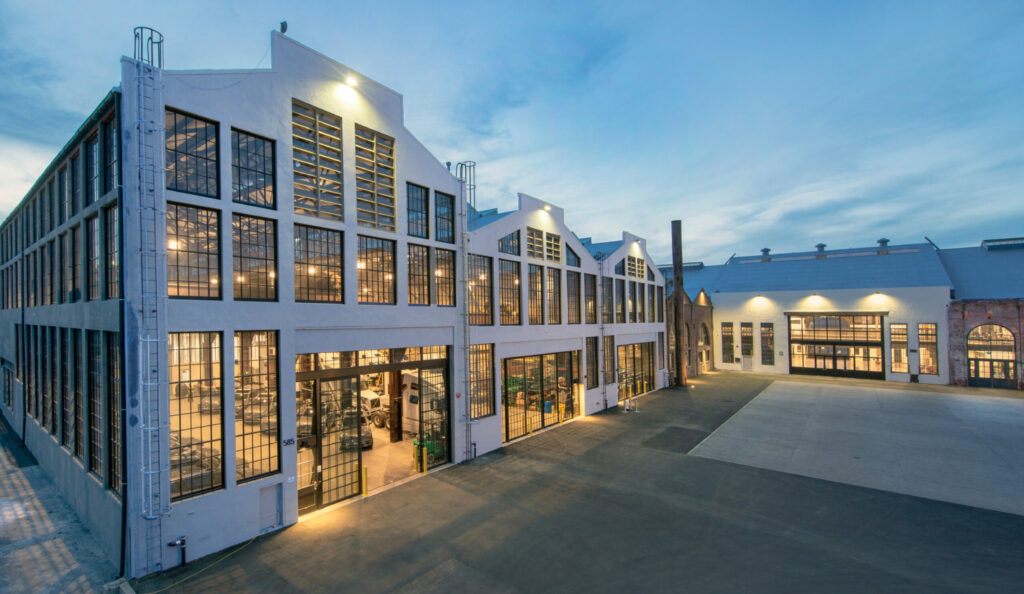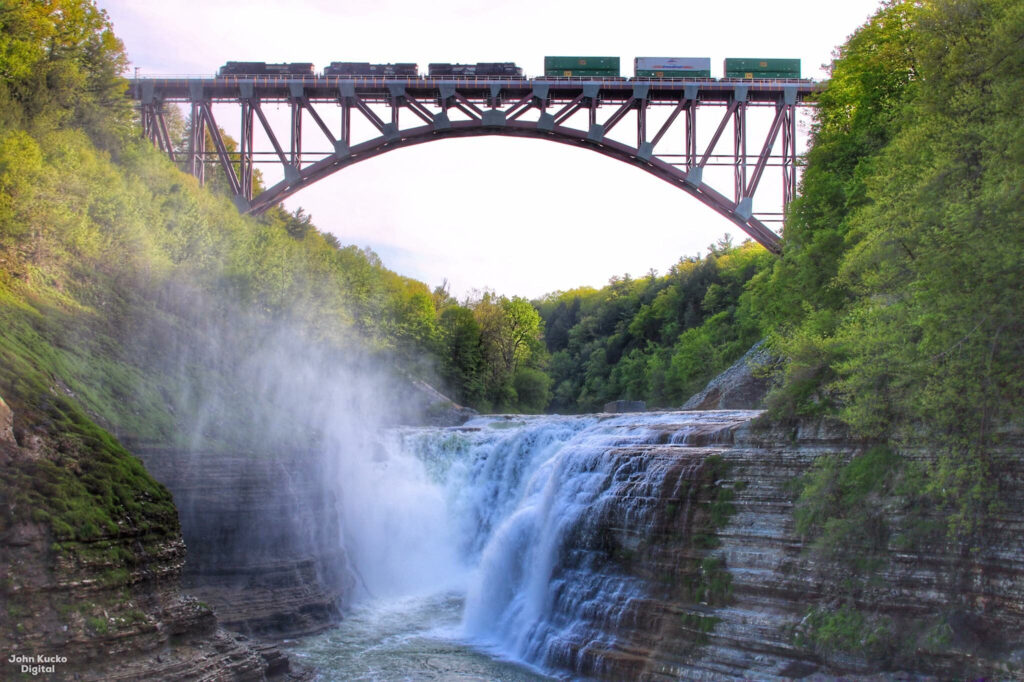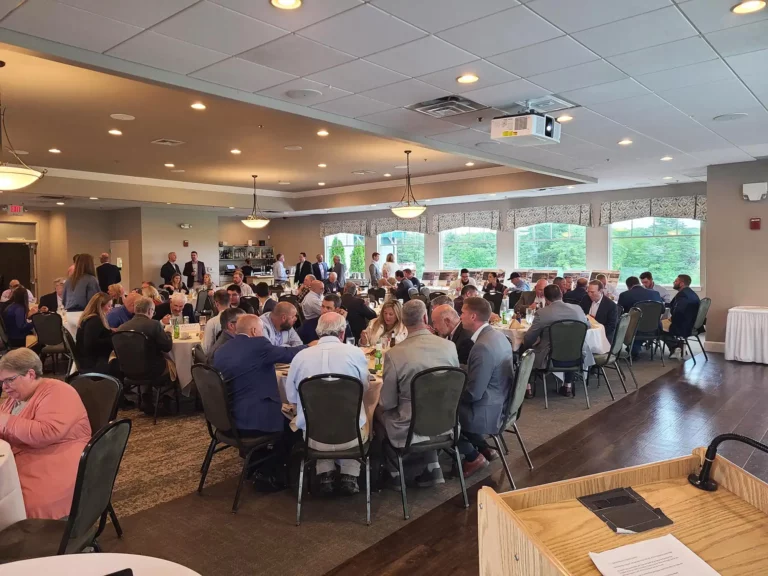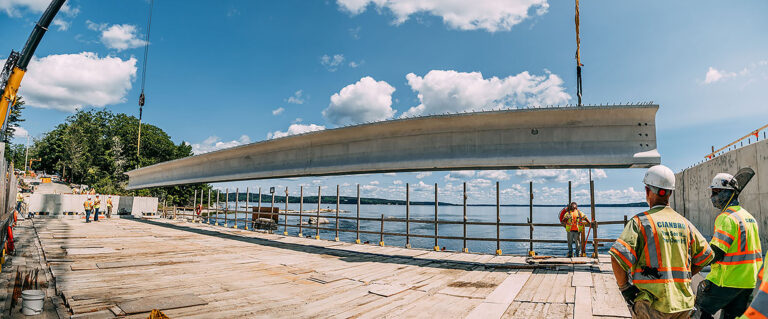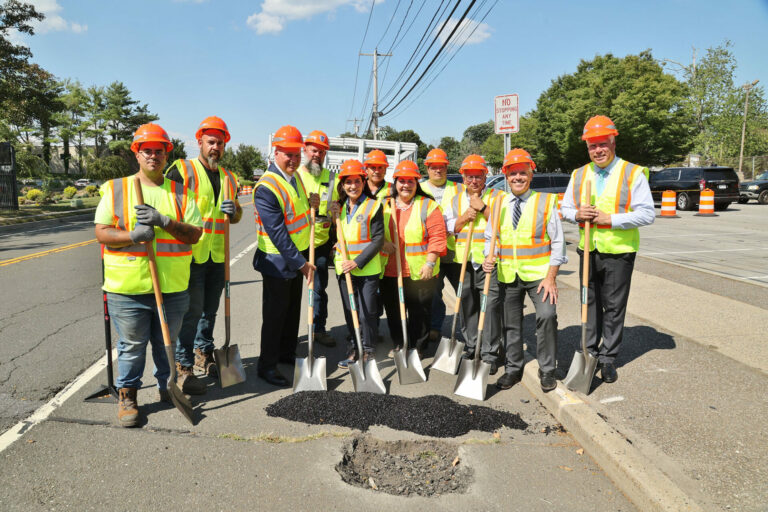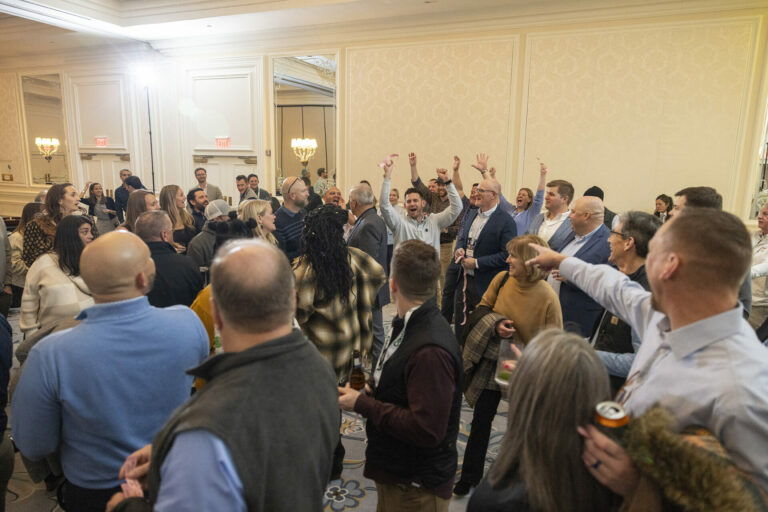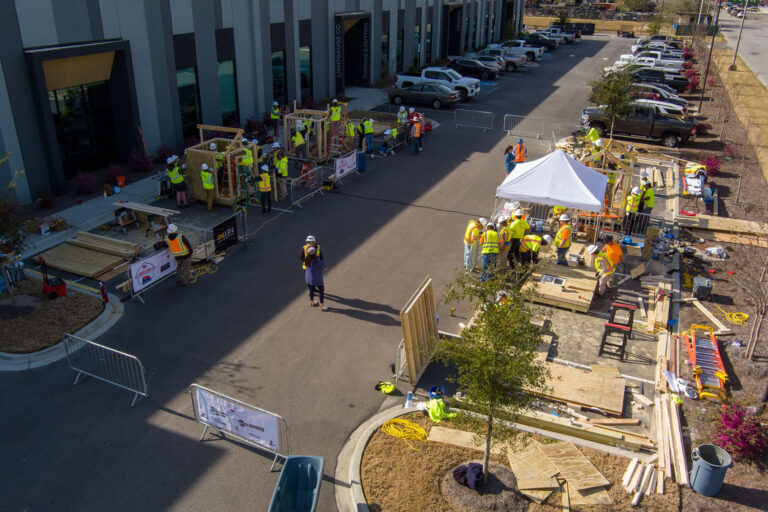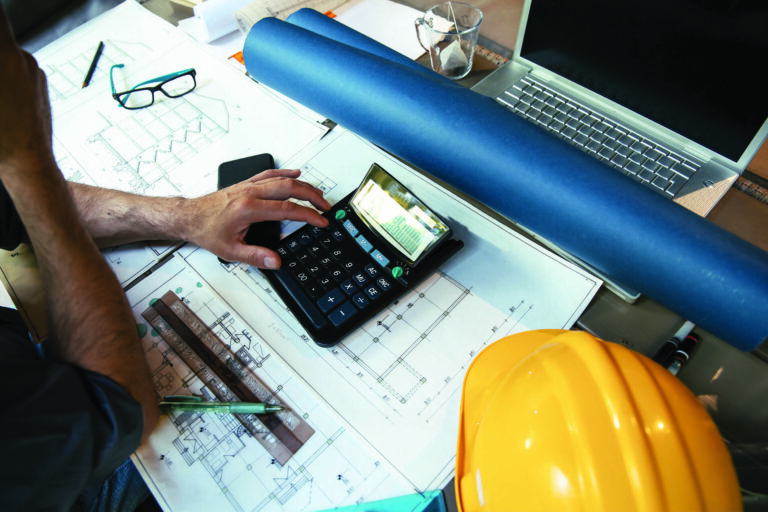Had structural engineer Homer Balcom and his team began work on the Empire State Building a decade earlier, they would have had a problem. The steel industry in the early 1900s was the Wild West – each steel mill made unique shapes with unique properties. This all changed in 1921 with the establishment of a new technical institute and trade association: The American Institute of Steel Construction (AISC). Its mission was to bring standardization to the industry and advocate for the increased use of fabricated structural steel. The new association’s first managing director, Lee H. Miller, presented a list of objectives at a meeting on November 23, 1922. A century later, this blueprint still provides guidance for AISC.
- Establish a single steel Specification that would be recognized by building code authorities and designers.
- Become the preeminent authority on structural steel to provide guidance to steel mills, fabricators, structural engineers, architects, and code officials.
- Create uniform loading tables that can be accessed by both producers, designers, and fabricators to simplify the design and construction of steel buildings.
- Work with the nation’s leading educators to bring state-of-the-art design theory to University programs.
- Develop a consistent nomenclature so every designer and every fabricator could easily and consistently communicate design and construction information.
Since that time, things have changed and the impact of steel within the industry has grown substantially. Structural steel has been the dominant framing system for multi-story buildings in the United States for more than a century–a time that has corresponded with the establishment and growth of AISC.
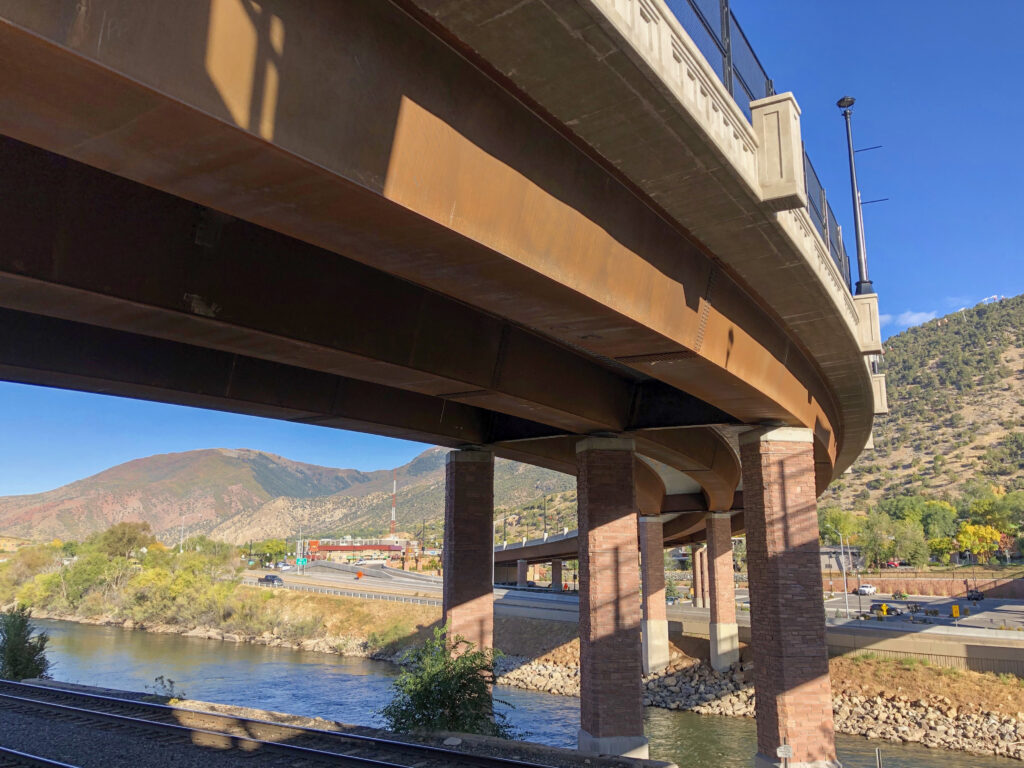
Today, the association is well known and respected worldwide for its research to advance the state-of-the-art of steel design and construction, specifications, certification programs, publications, and education programs for both practicing professionals and students. “While AISC represents nearly 1,000 structural steel fabricators and more than 30,000 structural engineers, our real strength lies with the hundreds of volunteers who offer thousands of hours of time and effort to improve our specifications and codes,” stated Charles J. Carter, President of AISC. “AISC’s work represents the combined experience, judgment, and strength of the entire domestic industry of steel fabricators, producers, and designers.”
While this work continues, the AISC now has a multitude of goals. Today the Institute has two new important programs.
Two years ago, AISC announced a plan to increase the speed at which a steel project (both buildings and bridges) can be designed, fabricated, and erected by 2025. While it seems impossible, the steel industry is already making progress on this amazing goal. Designers, product manufacturers, and system vendors are already introducing products, such as robotic welding systems and automated connection design software, to speed design and construction. And AISC is working with industry stakeholders to identify key strategic projects that will create additional opportunities. The net result is that those within the industry are already improving the efficiency of design, fabrication, erection, and materials.
The ways in which AISC is working towards the Need for Speed are manifold. However, one project; the most visible success story, is a revolutionary new non-proprietary concrete-filled composite steel plate shear wall core system known as SpeedCore. The first project, the 850-ft-tall Rainier Tower in Seattle, shaved 10 months off its construction time. The second project to use SpeedCore is now underway in San Jose and AISC will be issuing a Design Guide later this year to help structural engineers and fabricators design and build this system.
“AISC is known and respected around the world as the leading technical institute focused on the design and construction of steel buildings and bridges.”
Another key program for AISC is its work on sustainability and green design and construction. “American made and fabricated structural steel is the greenest framing material in the world,” explained Max Puchtel, AISC’s director of sustainability and government relations. “Unlike much of the rest of the world, all of the wide flange produced in the U.S. comes from electric arc furnaces and utilizes more than 92% recycled content.” This means that steel’s primary carbon footprint is the result of energy consumption, and as America’s power grid converts to renewables, steel’s green attributes will only increase. “The domestic steel industry has already reduced its greenhouse gas emissions by more than 36% and we’re already three times cleaner than steel coming from China,” Puchtel said. When steel buildings and bridges reach the end of their useful life, very little steel enters the waste stream. “Today, more than 98% of all steel products are recycled,” he stated. In its efforts to help designers and others in their pursuit of sustainable practices, AISC also provides industry-wide fabricated structural steel Environmental Product Declarations (EPDs), guidance on Buy Clean policies, and documented recycling and regional content information for LEED certification.

Photo Credit: Billy Hustace 
Photo Credit: John Kutcho
Of course, none of this takes away from AISC’s ongoing traditional work. With a rich heritage going back over a century, it is natural that the association can advocate and work for the steel industry with a multifaceted approach.
- AISC’s research activity focuses on advancing the state of steel design and construction and AISC supports millions of dollars of research each year. Current research includes topics such as fire engineering for concrete-filled composite plate shear walls, durability of steel bridge corrosion systems, and alternative weld details for continuity plates and doubler plates.
- AISC’s annual conference regularly attracts more than 5,000 registrants and our seminars and webinars reach more than 10,000 professionals annually on subjects ranging from welding & bolting fundamentals to earthquake engineering.
- AISC’s university outreach programs offer teaching aids, provide more than $173,000 in scholarships annually, and include the fantastic Student Steel Bridge Competition where thousands of students from more than 200 universities around the country compete to design and build 20-ft.-long scale bridges that can support more than 6,500 lbs with minimal deflections.
- The AISC Steel Solutions Center is a technical center where designers and others can call or email and have their questions answered quickly and at no cost. AISC’s team of engineers regularly answers nearly 200 technical inquiries a week, usually with a one-day turn-around.
- The AISC Quality Certification Program is designed to demonstrate certified fabricators and erectors have the experience, procedures, equipment, and personnel necessary to successfully complete a project. Currently, more than 1300 fabrication facilities and 460 erectors are certified.
While acknowledging the journey AISC has been on, it is also important to point out the current position AISC finds itself in. This is an association with countless members and an in-depth knowledge of the materials its members work with every day. With this in mind, it goes without saying that the benefit to its members is enormous. By sharing its learnings and research, AISC is rightly positioned as the foremost association within the steel industry. “AISC is known and respected around the world as the leading technical institute focused on the design and construction of steel buildings and bridges,” concluded Carter. “Our specifications and codes are referenced in America’s national building codes and our steel manual and design guides are recognized as the ultimate resource for engineers, architects, and contractors.”











